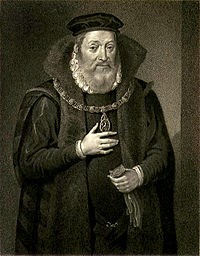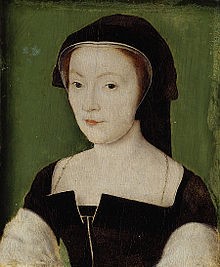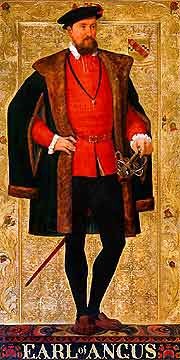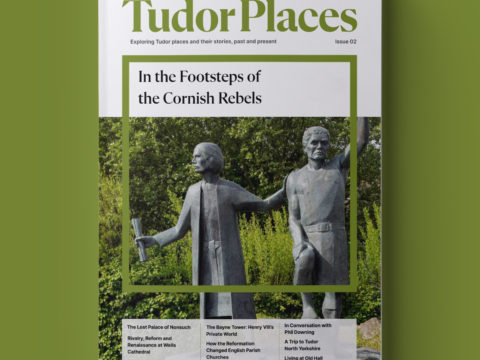1547 Battle of Pinkie Cleugh
Chapter 3 : Scottish Preparations

Governor Arran and the Queen Dowager, Marie of Guise, set about raising troops to repel the invaders, however there were difficulties. The Protestant faction was growing, and not all Scots were enamoured of the French alliance. The normal practice in Lowland Scotland was to raise troops via the sheriffs, but on this occasion, perhaps for the only known time in the lowlands, Arran also sent round the ‘Crann Tara’ or ‘Fiery Cross’ the time-honoured way for the Highland clans to bring out their men. The call of the Fiery Cross could not be ignored. The Cross was sent to every corner of the kingdom, to summon all men between 16 and 60 to assemble at Fala Moor on Wednesday, 31st August 1547.

By the time of the battle somewhere between 16,000 (according to modern interpretations) and 23,000 (according to the Earl of Huntly), or 40,000 (according to the English), men had assembled. It was important, however, for battle to be joined as soon as possible, as an amateur army could not easily be kept in the field and the men had only been told to bring provisions for 20 days. In traditional Catholic fashion, there were priests with the army, under a banner bearing a representation of the church as a maiden, kneeling before Christ, with the words (in Latin) ‘Forget not thy afflicted bride, Oh Christ’
The people of the port of Leith, on the outskirts of Edinburgh, moved into the city to defend it.

The Scottish commanders were Archibald Douglas, Earl of Angus; George Gordon, Earl of Huntly and Arran himself, each leading a ‘battle’ or division, comprised of two schiltrons (a unit of spearmen armed with pikes or spears about 12 foot in length marching in close formation). Within Huntly’s division, the Earl of Argyll commanded the Highlanders, mainly armed with bows.
Angus, who was Henry VIII’s brother-in-law, had for many years been a supporter of England, but, disgusted by the depredations of the Rough Wooing, had returned to his allegiance. His son-in-law, Matthew Stuart, Earl of Lennox, remained in the English camp.
Lennox reported to Somerset that the men of the West of Scotland were reluctant to leave home, preferring to defend their own lands, rather than move east. The Earls of Huntly and Argyll, although strong loyalists, had few men.


